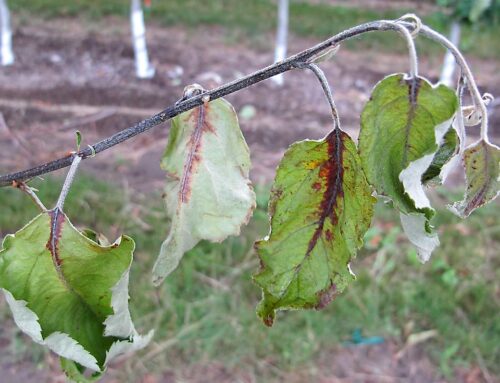The outlook seems positive for the Northwest canning pear industry going into the 2013 season.
The industry is expecting to process 120,000 tons of Northwest pears, down from 126,000 tons last year, and canners’ inventories are at the lowest level in several years, reports Jay Grandy, manager of the Washington-Oregon Canning Pear Association.
“We had a big pack, but we shipped a lot and inventories are low,” Grandy said during the annual meeting of the Processed Pear Committee in Portland, Oregon, in May. “It’s very positive right now.”
Another positive development is that the U.S. Department of Agriculture, which typically buys a million cases of pears each year for its school lunch programs, could buy even more this year. The agency has changed its purchasing system, so that instead of announcing a specific volume that it will buy, it has announced a maximum and minimum volume.
Grandy said it’s likely that the USDA purchases this year will be closer to the maximum of 1.2 million cases than the minimum of 470,644 cases. The maximum price it will pay is $31.53 per case, which is about 10 percent higher than in previous years.
Mark Miller, manager of the Pacific Northwest Canned Pear Service, said schools are required to serve more fruits and vegetables, which is reflected in the higher volumes of pears that the USDA plans to buy. Canners have been running out of some products that are in high demand, such as diced pears.
Last season, Washington and Oregon produced 125,815 tons of pears for processing, and another 2,297 tons were shipped from California to the Northwest for canning. Grandy said statistics are lacking for the volume of pears processed in California, but they are mainly diced for fruit mixes and few are canned as slices or halves.
The fresh Bartlett crop is forecast at 96,000 tons this season, down from 103,000 tons last year, making a total Northwest Bartlett crop of 224,000 tons, down from 238,000 tons a year ago. However, California’s total Bartlett crop is forecast to be 180,000 tons this year, up from 157,000 tons last year, Grandy said, making the total Pacific Coast Bartlett crop 404,000 tons, up from 395,000 tons in 2012.
Promotions
Miller reported on the Canned Pear Service’s promotions, which focus on making food-service distributors and operators, including schools, aware of Northwest canned pears and providing purchasing incentives. The Canned Pear Service receives an assessment from growers of $5.50 per ton for promotions. Its total revenue last season was $686,550.
The pear service budget for 2013-2014 is $656,500, of which $331,500 is earmarked for foodservice and Web site promotions, $20,000 for promotions in Canada, $15,000 for statistical analysis, and $290,000 for staffing and administrative costs. Miller covers the western part of the country, while regional marketing manager Rensi Shirley covers the East.
Miller said he did not feel that the Canned Pear Service had the budget to target consumers, though it does maintain a Web site (www.eatcannedpears.com), which receives about 700 visits per month. A pear recipe contest attracted 50 entries and the winning recipes are featured on the Web site to give consumers ideas of new ways to eat canned pears.
Board members suggested that the Canned Pear Service collaborate with the Pear Bureau Northwest, which promotes fresh pears and has a strong consumer following, with 35,000 Facebook followers and 30,000 hits per month on its Web site.
Kevin Moffitt, Pear Bureau president, said he felt that social media, and, increasingly, the photo sharing site Pinterest, were important avenues to reach new consumers because people pass information along to others. Also, it’s relatively inexpensive.
“You have to engage the consumer,” he said. “They don’t want to be sold to; they want to be educated on their terms.”
Pear Bureau staff make an effort to constantly engage consumers, keeping its Web site www.usapears.com and Facebook page updated, blogging twice a week, and tweeting daily.
Moffitt sees potential for people to buy more canned and frozen fruit as they try to increase their consumption of fruits and vegetables. Canned fruit could be promoted as a pantry item for when people don’t have chance to go to the store to buy fresh produce.
“I don’t think it would cannibalize fresh sales,” he said. “It would be a fill-in to help people reach their daily allowance.”






Leave A Comment